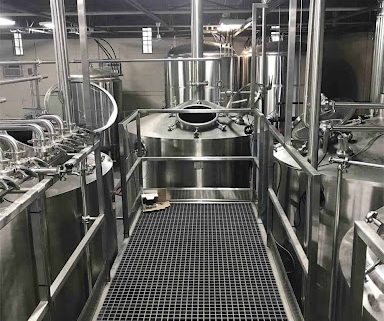What Role Does Distillation Tank Cleaning Play in The Brewing Process
Why Cleaning Your Distilling Tank Matters
Over time, residues from fermentation and distillation (like oils, organic acids, minerals, and even yeast) begin to coat the inner surfaces of your equipment. If you let that sit, it turns into a nasty film that can corrode your tank or impact flavor integrity. Regular cleaning isn’t just about hygiene—it protects your equipment investment, keeps your flavors consistent, and ensures you stay compliant with food safety or production regulations.

Types of Contaminants in Distilling Tanks
Distilling tanks face a daily barrage of contaminants, many of which are invisible to the naked eye but destructive over time. Let’s dive into the usual suspects.
First up: organic residues. This includes oils, sugars, ethanol, dead yeast, and other fermentation leftovers. They stick to the walls and create a breeding ground for bacteria if not removed.
Then we have mineral deposits. Think of these like the scale that builds up in a kettle. These often come from hard water or from components in the mash. Over time, they crystallize and reduce heat efficiency and surface cleanliness.
Lastly, microbial growth is a serious issue. Yeasts, molds, and bacteria love warm, moist environments. If your tank isn’t sanitized thoroughly, you’re essentially giving these unwanted guests a free ride into your next batch.
Common Cleaning Methods for Distilling Tanks
Choosing the right cleaning method depends on your tank size, material, residue level, and how often you’re distilling. Let’s go through some popular approaches:
Manual Scrubbing: Old-school but effective for small tanks. It requires elbow grease, brushes, and a good cleaner. Downside? It’s time-consuming and hard to reach every corner.
Clean-In-Place (CIP) Systems: The gold standard in commercial operations. These systems pump cleaning and sanitizing solutions through the tank without disassembly. Efficient, consistent, and safer than manual methods. But they cost more upfront.
Soaking Method: Fill the tank with a diluted cleaning solution and let it soak. Works great for sticky residues or overnight cleaning. Not ideal for frequent use because it’s slower.
Steam Cleaning: High-temp steam sanitizes and removes grime. It’s chemical-free and great for sensitive batches. However, it requires special gear and might not tackle heavy buildup alone.
Chemical Rinse: Often the final step—a mild acid or caustic solution rinses out any leftover scale or microbes. Must be followed by a thorough water rinse.
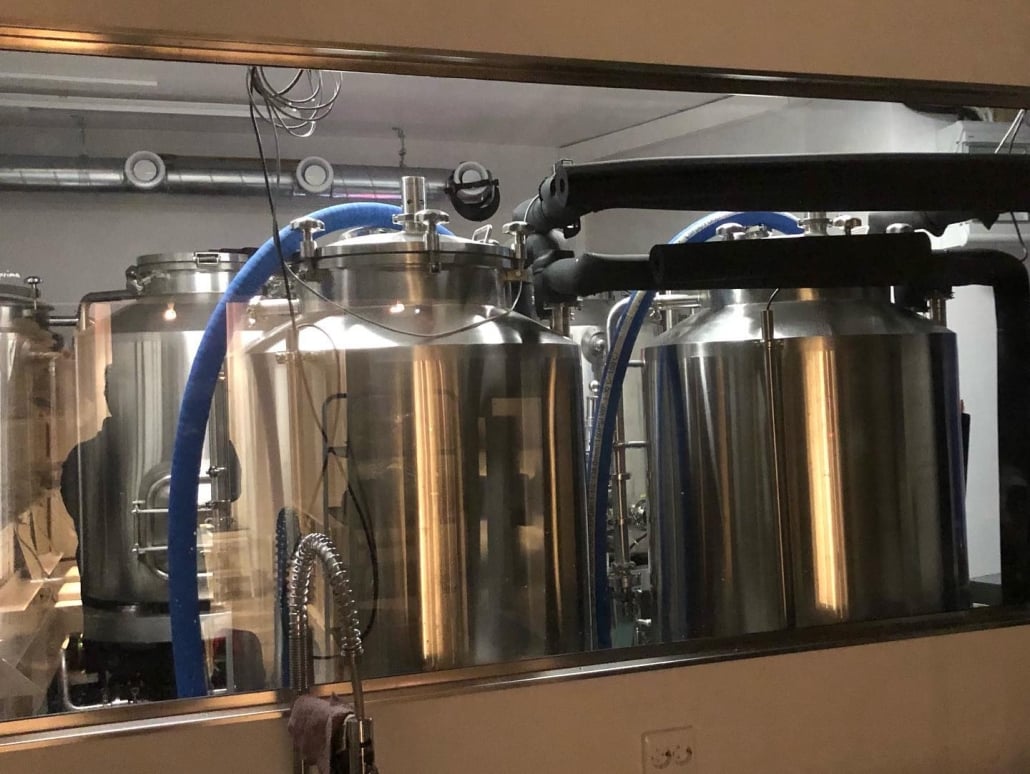
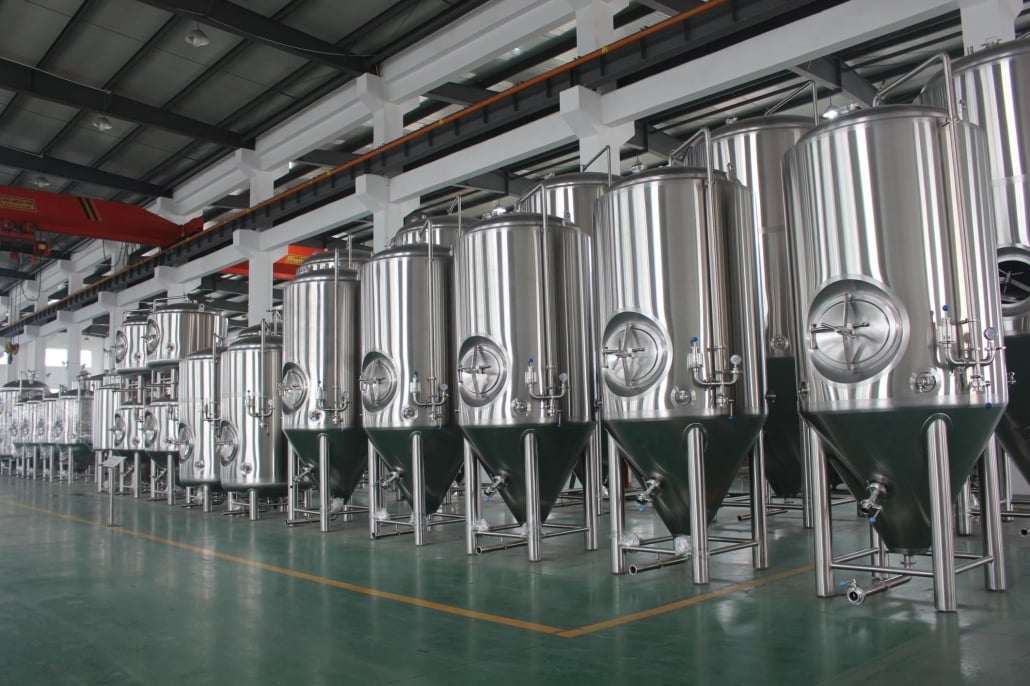
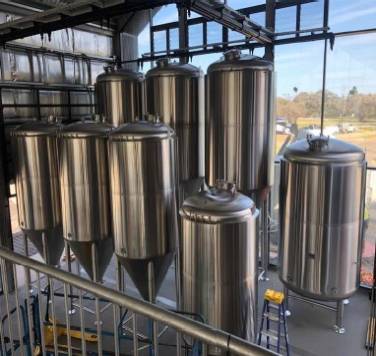
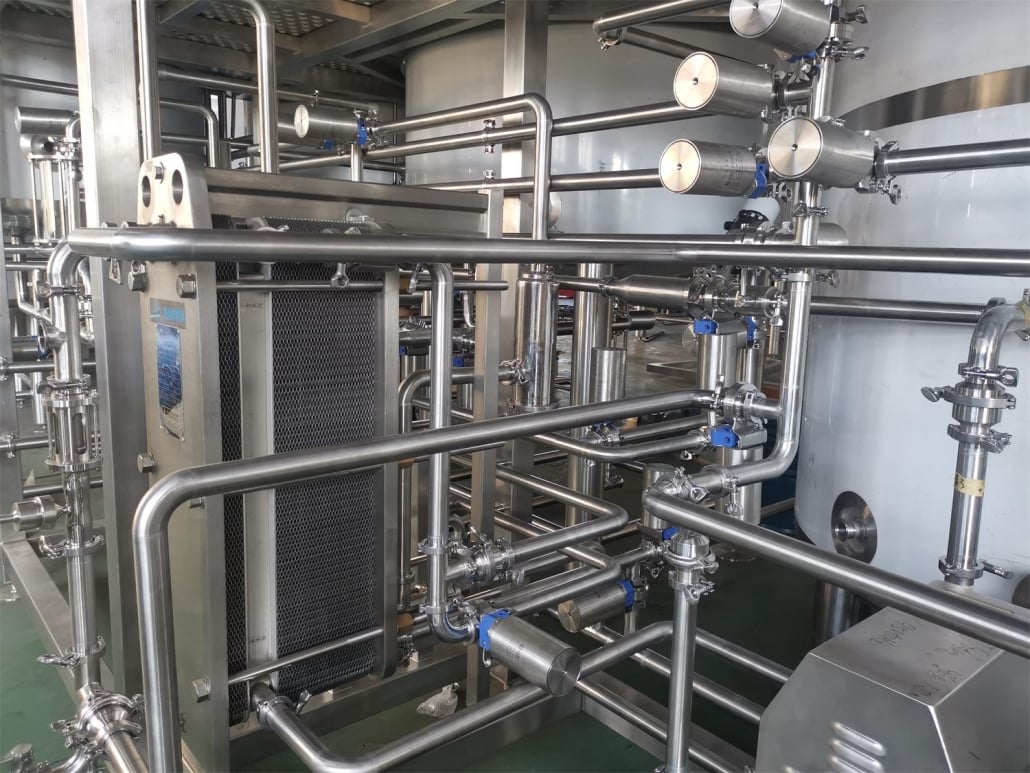
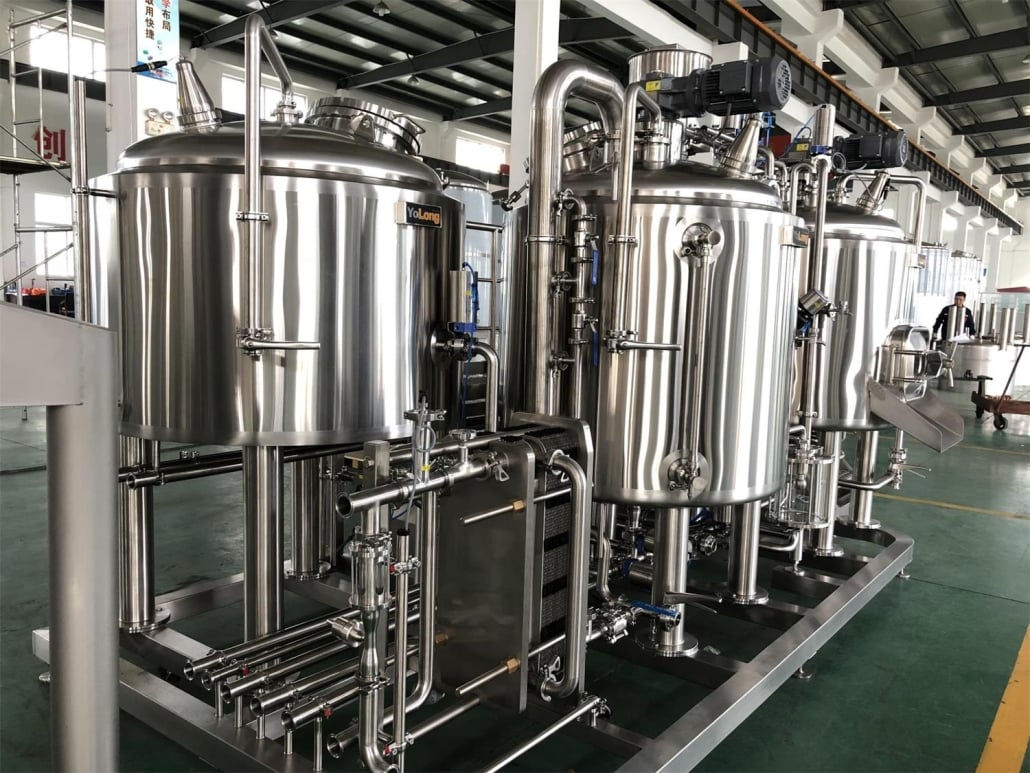
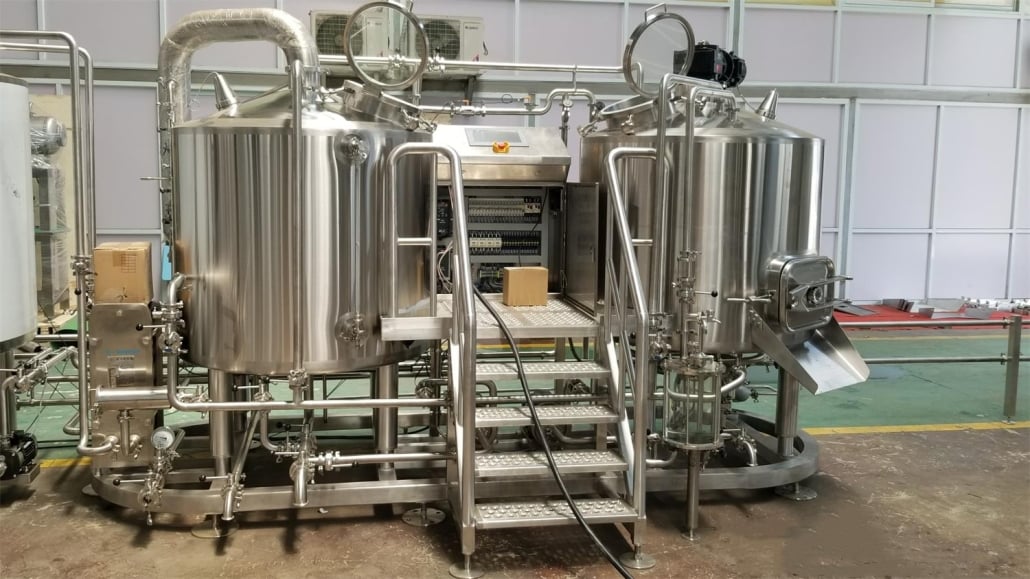
Step-by-Step Cleaning Procedure for Distilling Tanks
Here’s a solid, no-fuss guide that works for most stainless-steel distilling tanks. Always refer to your manufacturer’s recommendations first, though.
- Empty the Tank: Remove all residues, solids, or liquid remnants. Use a drain valve or manually scoop if needed.
- Rinse with Warm Water: Do a high-pressure rinse with warm (not hot) water to remove loose particles. This helps prevent protein coagulation.
- Apply a Cleaning Agent: Use a recommended tank cleaner like PBW (Powdered Brewery Wash) or a caustic soda solution. Let it circulate or soak for 30-60 minutes.
- Scrub if Necessary: For stubborn spots or large systems, use a tank brush to agitate problem areas. Focus on joints and welds where residues collect.
- Drain and Rinse Again: Flush with clean water to remove all traces of detergent. Check for any slick or foamy spots that indicate leftover cleaner.
- Acid Rinse (Optional but Recommended): Use a phosphoric or citric acid solution to remove mineral scale. This also neutralizes any base residues.
- Sanitize: Use a no-rinse sanitizer like Star San before your next batch. Let it contact all surfaces, then drain but do not rinse.
- Inspect and Air Dry: Let the tank air dry completely. Wipe with a clean cloth if needed. Check for signs of corrosion or residue.
Best Practices & Maintenance Tips for Distilling Tank Hygiene
Keeping your tank clean isn’t just about doing a great job once—it’s about maintaining standards over time. Here’s how to stay on top of it:
- Clean Immediately After Use: Don’t let residues dry or sit overnight. It makes cleaning harder and less effective.
- Keep a Cleaning Schedule: Log every cleaning, including chemicals used and inspection notes.
- Rotate Cleaning Agents: This prevents resistant biofilm formation. Mix it up between alkaline and acid-based cleaners.
- Inspect Regularly: Watch for pitting, discoloration, or film buildup—these are signs your cleaning process needs improvement.
- Train Your Team: Everyone involved in cleaning should know the process inside and out. Mistakes can lead to contamination or damage.
- Use Food-Grade Cleaners Only: Always check compatibility with your tank materials and distilling ingredients.
Cleaning Methods, Cost, and Suitability
| Cleaning Method | Cost Range | Time Required | Best For | Pros | Cons |
|---|---|---|---|---|---|
| Manual Scrubbing | Low | 1-2 hours | Home setups or small operations | Cheap, hands-on control | Labor-intensive, inconsistent coverage |
| CIP System | High | 30-60 minutes | Large commercial distilleries | Fast, efficient, automated | Expensive setup, requires maintenance |
| Soaking | Medium | 6-12 hours | Medium setups | Low effort, effective for dried-on gunk | Time-consuming, uses more solution |
| Steam Cleaning | Medium-High | 1 hour | Organic or essential oils | Eco-friendly, deep sanitization | May not remove mineral scale |
| Chemical Rinse | Low | 30 minutes | Any size | Strong microbe and scale control | Must rinse well to avoid contamination |

FAQ
| Question | Answer |
|---|---|
| How often should I clean my distilling tank? | Ideally after every use, especially for organic residues. CIP systems might only need deep cleaning weekly depending on use. |
| Can I use bleach for cleaning? | No! Bleach can corrode stainless steel and leave behind harmful residues. Use food-safe, non-chlorinated sanitizers. |
| What’s the best cleaner for stainless steel tanks? | PBW, caustic soda, or phosphoric acid-based products are popular. Always check compatibility with your tank manufacturer. |
| How do I remove stubborn mineral scale? | Use an acid rinse with phosphoric or citric acid. Let it soak and scrub gently with a non-abrasive pad. |
| Can I reuse cleaning solutions? | Sometimes. Soaking solutions can be reused if filtered and pH remains stable. Never reuse sanitizers. |
| Should I dry the tank after cleaning? | Yes. Air drying prevents microbial growth. Wipe down or use filtered air blowers for faster drying. |

